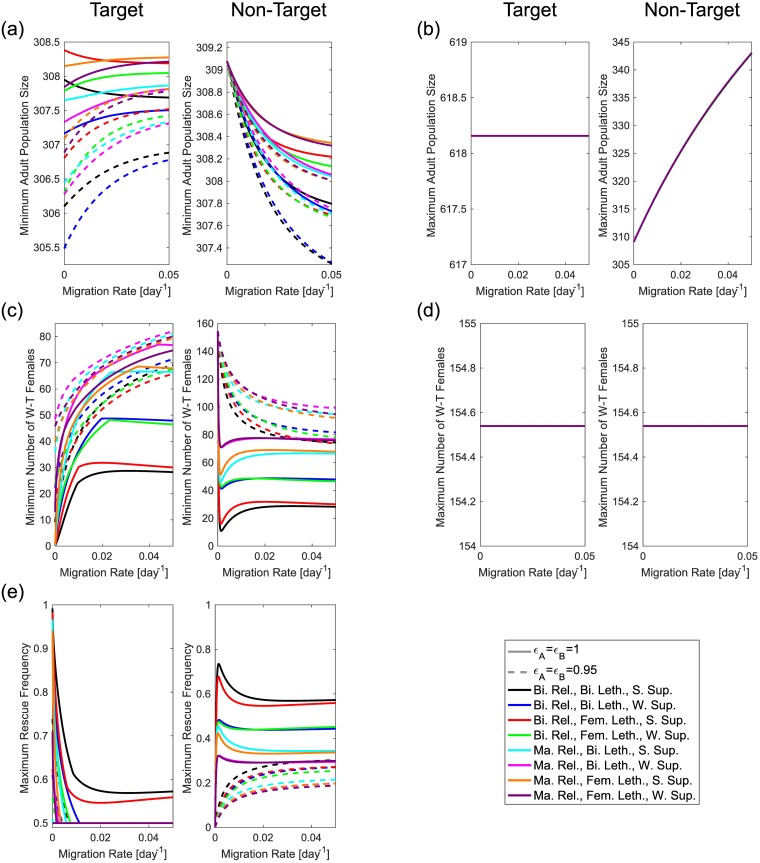Fig 9. Rates of migration can play a significant role in determining the effects of a killer-rescue system.
Results shown here are for a KR system with late-acting fitness/lethal effects introduced into a population of ∼309 individuals (half of which are females). Panels (a) and (b) show the effects of migration rate on the maximum and minimum population sizes (total of all genotypes) attained following the release of a KR system, respectively. Panels (c) and (d) show equivalent results for the maximum and minimum wild-type female population sizes, respectively. Finally, panel (e) shows the effects of migration rate on the maximum rescue transgene frequency that may be attained. In each panel the left-hand plot represents effects on the target population while right-hand plots are for a nearby non-target neighbouring population. In each case, solid lines show results for a KR system that confers zero fitness cost while dashed lines are for a system with 5% fitness cost per construct (i.e. ϵA = 1 = ϵB and ϵA = 0.95 = ϵB, respectively). Line colours represent a specific configuration of release strategy and genetic system and are detailed in the legend (with Bi. = bisex, Ma. = male-only, Fem. = female-specific, S. = strongly, W. = weakly, Rel. = release, Leth. = lethality and Sup. = suppression of lethals). Panels (b) and (d) appear to display just one line since all results precisely coincide with one another.

